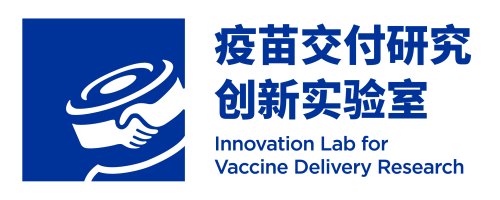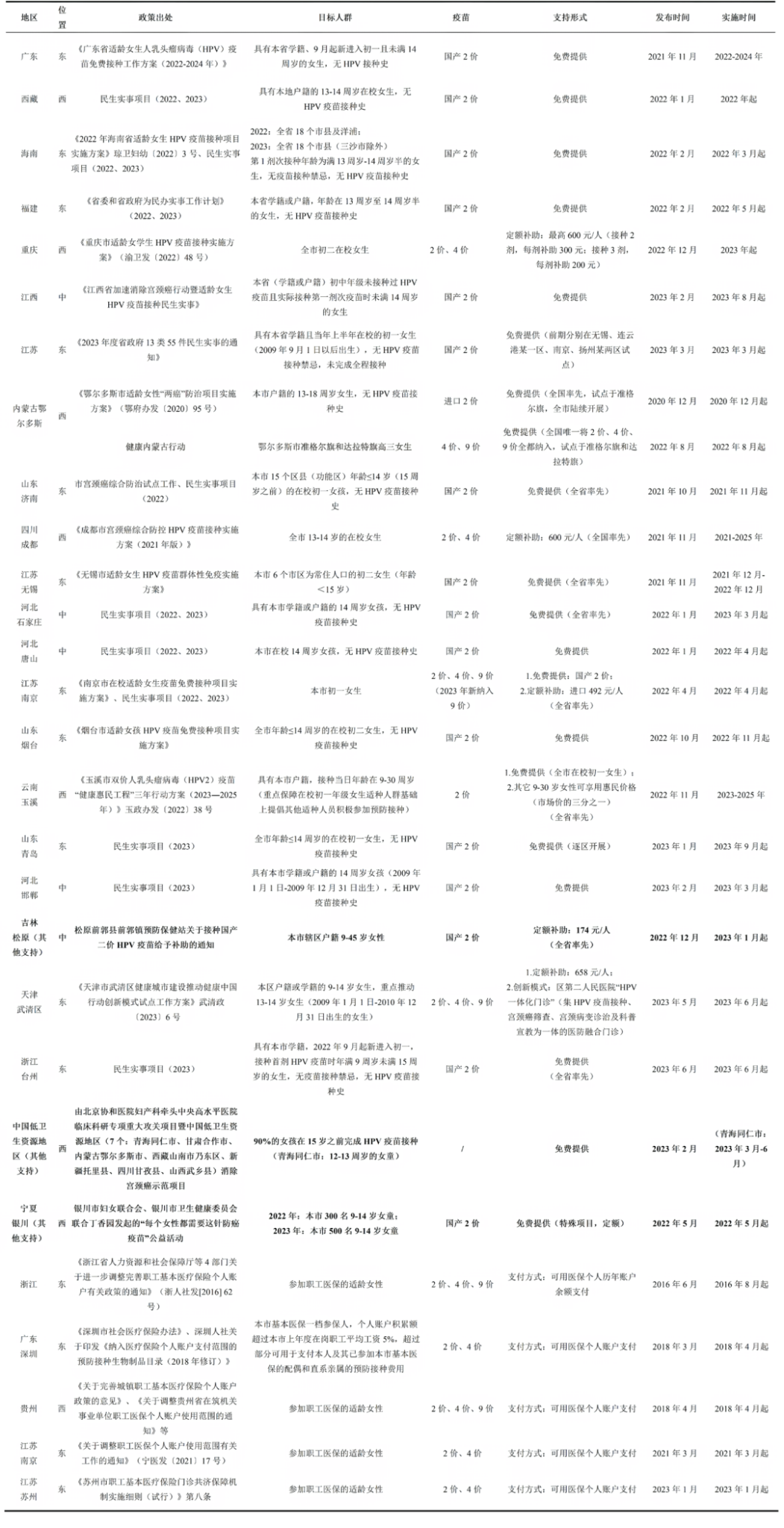Research Content Recommendation
01
Association of Gross Domestic Product (GDP) with Equitable Access to Childhood Vaccines in 195 Countries: A Systematic Review and Meta-analysis
This study, published in BMJ Global Health, aims to explore the association between gross domestic product (GDP) and equitable access to childhood vaccines across 195 countries. A systematic review and meta-analysis were conducted, incorporating data from 75 eligible studies. The included countries were classified by World Bank income levels: 62 high-income countries (HICs), 53 upper-middle-income countries (UMICs), 54 lower-middle-income countries (LMICs), and 26 low-income countries (LICs). The study comprehensively assessed how income level and GDP influence vaccination coverage, particularly for childhood immunisation and other major infectious diseases, while also analyzing the roles of vaccine coverage, procurement platforms, and access-related determinants.
The results indicated that LICs had the lowest overall vaccination coverage (59.26%), followed by LMICs (67.87%), UMICs (70.27%), and HICs (75.65%). There were significant disparities in both the proportion of GDP spent on vaccine procurement and the absolute financial expenditure. Infectious diseases such as human papillomavirus (HPV), measles, Ebola, and yellow fever represented substantial global burdens. HICs primarily procured vaccines through national and regional public tender mechanisms, while LICs and some LMICs largely relied on international procurement platforms such as COVAX, UNICEF, and the ECOWAS revolving fund. Compared to other income groups, LICs had the lowest average vaccine coverage overall. Importantly, no significant correlation was observed between the average vaccination coverage and the proportion of GDP allocated to vaccine procurement across income levels (p = 0.8665).
The study concludes that LICs and certain LMICs should prioritize investment in vaccine research and development (R&D) and strengthen domestic manufacturing capacities. Globally, countries should enhance the transparency and availability of data on vaccine coverage and vaccine-related expenditures to promote equitable access to immunisation.
https://doi.org/10.1136/bmjgh-2024-015693
02
The U.S. ACIP Expands Recommendation for PCV Use in Adults Aged ≥50 Years
This article, published in the Morbidity and Mortality Weekly Report, presents the updated recommendation from the Advisory Committee on Immunization Practices (ACIP) regarding the use of pneumococcal conjugate vaccines (PCVs) in adults aged ≥50 years. The update is informed by the Evidence to Recommendations (EtR) framework, which systematically evaluates epidemiological data on pneumococcal disease incidence, vaccine coverage, racial disparities, immunogenicity, and safety, in order to support an expansion of the age-based PCV recommendation.
Findings indicate that adults aged 50–64 years exhibit higher rates of invasive pneumococcal disease (IPD) incidence and mortality compared to other adult age groups, second only to adults aged ≥65 years. Notably, significant racial disparities exist, with non-Hispanic Black and American Indian/Alaska Native adults bearing a disproportionately higher IPD burden. Both PCV20 and PCV21 demonstrate broader serotype coverage and superior immunogenicity relative to PCV13, effectively targeting serotypes prevalent in adult IPD cases. Economic modeling analyses suggest that the cost-effectiveness of PCV20 and PCV21 is contingent upon factors such as the magnitude of indirect effects from pediatric PCV use and the duration of vaccine-conferred protection.
Based on the cumulative evidence, ACIP issued a recommendation on October 23, 2024, advising that all PCV-naïve adults aged ≥50 years receive a single dose of a PCV (any of below option as intervention):
- One dose of PCV15 (as part of a sequential schedule with PPSV23);
- One dose of PCV20;
- One dose of PCV21.
This policy shift is expected to significantly improve vaccination uptake, reduce IPD incidence, and mitigate health inequities. Recommendations for adults aged 19–49 years with high-risk conditions remain unchanged. The report also provides detailed guidance on PCV product selection based on patient age and health risk status.
*The EtR framework is a structured decision-making tool utilized by ACIP and other public health authorities to translate evidence into actionable recommendations. It is designed to ensure transparency and rigor by integrating scientific evidence with public health objectives and implementation feasibility.
03
Effectiveness of a Two-Dose Varicella Vaccination Program During the Transitional Period (2017–2022) in Changzhou, China: A Registry-Based Case-Cohort Study
This article, published in BMC Public Health by Xufeng Lv et al., aimed to evaluate the effectiveness of a two-dose varicella vaccination (VarV) strategy implemented in Changzhou, China, during the transitional period from 2017 to 2022. The study adopted a retrospective case-cohort design, utilizing registry data from the Changzhou Immunization Information System (IIS) and the National Notifiable Infectious Disease Surveillance System (NNIDSS) to assess VarV effectiveness among children born between 2016 and 2021. Inverse probability weighting for the survival analysis design to evaluate the VEs under different dosages and cost types, eliminating confounding by age and location area. Sensitivity analysis for the exclusion part assessed the study’s robustness.
A total of 5,172 children were included in the study, among whom 2,299 were varicella cases. From 2017 to 2022, the varicella incidence among children aged 1–6 years in Changzhou ranged from 179.05 per 100,000 (in 2022) to 1,951.19 per 100,000 (in 2019). Participants were classified based on payment type for VarV and whether they had received vaccination according to the “1–4” VarV Program. Results showed that VE increased significantly with the number of doses, with VE estimates of 82.54% for a single dose and 97.91% for two doses. VE was relatively low among single-dose recipients prior to 2020 but increased substantially across all subgroups thereafter. Children who did not receive timely vaccination as per the “1–4” schedule exhibited lower VE. Moreover, vaccine payment type was significantly associated with effectiveness, with higher VE observed in the publicly funded group compared to the self-paid group.
The study concluded that improving two-dose VarV coverage and vaccination timeliness is essential to strengthening the immune barrier among susceptible children. The findings demonstrate that the “1–4” Vaccination Program positively influenced both VarV coverage and timeliness during the transitional period in Changzhou. The results underscore the importance of timely implementation of a two-dose VarV schedule to achieve broader immunization protection, particularly in settings where VarV is not yet included in the National Immunization Program (NIP).
“1–4” Vaccination Program: A local policy under which children aged 1 year who have not previously received VarV are eligible for two free doses of the varicella vaccine—administered at ages 1 and 4. Children born after 2016 but under age 4 who had not contracted varicella were offered one free VarV dose. Eligible children could also opt for additional doses via self-payment.
https://doi.org/10.1186/s12889-025-21348-9
04
Subnational Trends and Inequalities of Under-Immunisation and Zero-Dose Among Children Aged 12–23 Months in Uganda: A National Population-Based Cross-Sectional Study
This article, published in BMJ Open, investigates the epidemiological trends and inequalities in childhood immunisation among Ugandan children aged 12–23 months, with a focus on under-immunisation and zero-dose vaccination. The study adopts a retrospective, nationally representative cross-sectional design, drawing upon data from the Uganda Demographic and Health Surveys (UDHS) conducted in 2006, 2011, and 2016. By applying both absolute and relative inequality metrics, the analysis explores how subnational regions, wealth quintile, maternal education level, and urban–rural residence shape disparities in vaccine coverage.
Findings revealed a 21% decline in the national under-immunisation rate between 2006 and 2016; however, the rate remained substantial at 40.8% in 2016. The zero-dose prevalence—defined as children who had not received any basic vaccines—decreased by 82%, affecting only 1.2% of children in 2016. Despite these improvements, regional disparities in under-immunisation widened over time, with certain subregions, particularly those in rural and low-income areas, showing disproportionately higher levels of under-vaccination. Although the immunisation gaps across socioeconomic strata, maternal education, and residence type narrowed to some extent, children of mothers with no formal education remained at the highest risk of under-immunisation. Additionally, the urban–rural divide in zero-dose prevalence persisted, with rural children continuing to bear a greater burden.
The study concludes that, despite progress, no subnational region achieved an under-immunisation rate below 20%, highlighting persistent challenges in meeting the Sustainable Development Goal (SDG) target of at least 80% routine immunisation coverage. The authors recommend implementing targeted interventions—including enhanced healthcare accessibility, strengthened public health communication, promotion of maternal education, and context-specific immunisation strategies—especially in underserved and vulnerable populations, to address entrenched immunisation inequities and improve vaccine uptake.
https://doi.org/10.1136/bmjopen-2024-093619
Policy Updates
01
ACIP Releases 2025 Adult Immunization Schedule for Individuals Aged 19 Years and Older
The Advisory Committee on Immunization Practices (ACIP) has released the 2025 version of the Adult Immunization Schedule, which provides updated guidance on routine immunizations, adjustments for specific clinical scenarios, and newly included vaccines. Compared to the 2024 schedule, key updates include the following:
- New Vaccines: Introduction of the 21-valent pneumococcal conjugate vaccine (PCV21) and the mRNA-based respiratory syncytial virus (RSV) vaccine (mResvia).
- COVID-19 Vaccine: For adults aged 19–64 years, at least one dose of the updated 2024–2025 COVID-19 vaccine is recommended; for those aged ≥65 years, two or more doses are recommended.
- Influenza Vaccine: The influenza vaccination protocol has been updated. Trivalent inactivated influenza vaccines (aIIV3, HD-IIV3) are recommended, with high-dose (HD-IIV3) or adjuvanted (aIIV3) formulations preferred for adults aged ≥65 years.
- Inactivated Poliovirus Vaccine (IPV): Catch-up immunization is advised for adults who have not completed the standard three-dose primary series.
- Meningococcal Group B Vaccine (MenB): Vaccination intervals and target populations for MenB vaccines (e.g., Bexsero) have been optimized.
- Zoster Vaccine (RZV): A new clinical consideration advises deferring recombinant zoster vaccine (RZV) during acute episodes of herpes zoster.
- Respiratory Syncytial Virus (RSV) Vaccine: Routine vaccination against RSV is recommended for adults aged ≥75 years, and for high-risk individuals aged 60–74 years.
https://www.cdc.gov/vaccines/hcp/imz-schedules/adult-age.html
Content Editor: Ruitong Li
Page Editor: Ruitong Li





